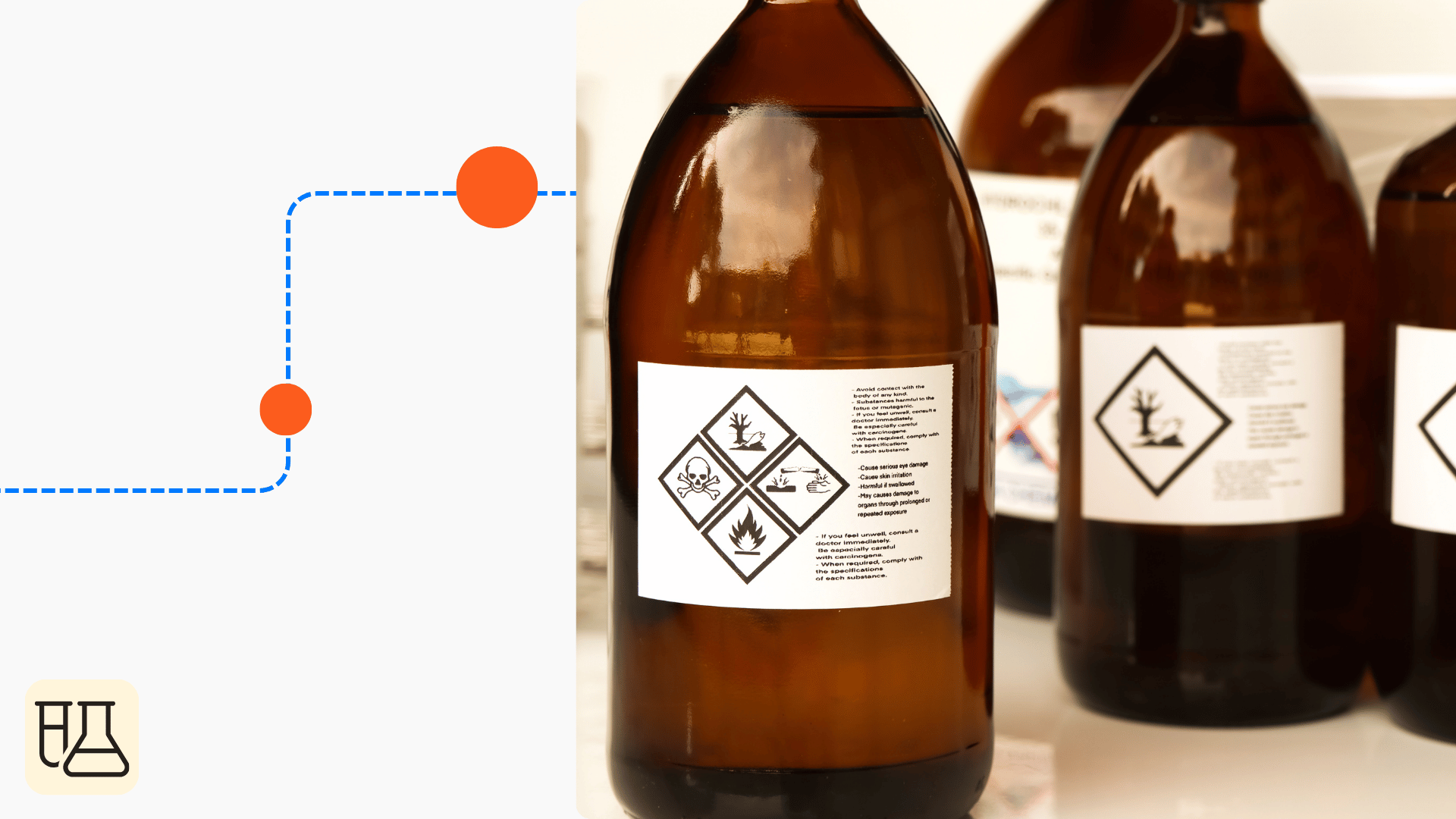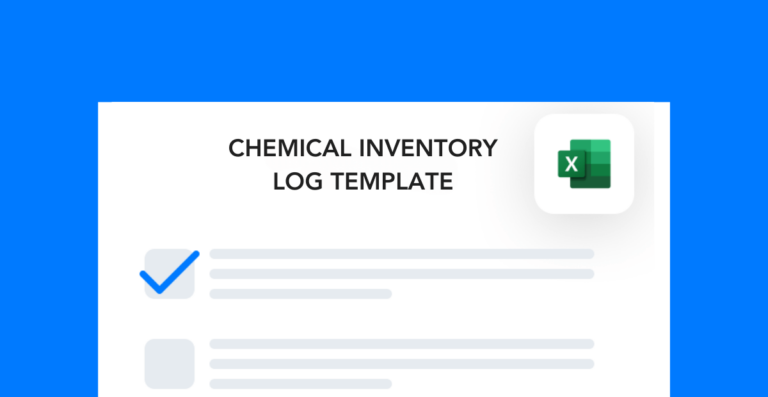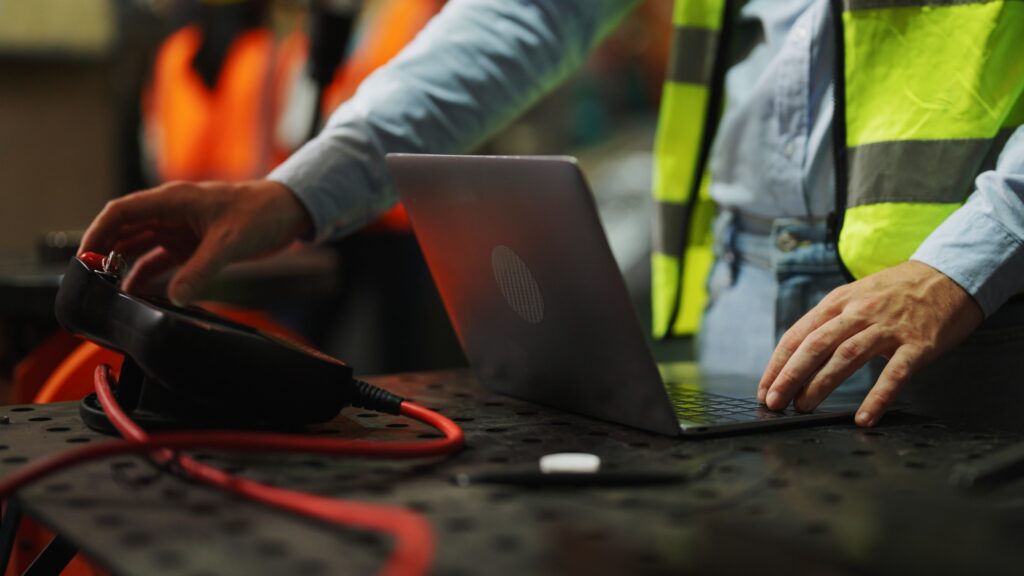Reactive hazards can cause major health and safety problems for your workers, downstream partners, and the community surrounding your facility. If you want to decrease risk, you have to know exactly what hazards are present and have a strategy to control them. This all starts with an understanding of the factors that influence reactive hazards and what role they play in your processes.
Basic overview of reactive hazards
Reactive hazards are materials that become dangerous when you expose them to a catalyst like heat or pressure. They can cause fires, toxic gas releases, and explosions depending on the type of reaction that occurs.
Most chemicals fall under the health hazard category given their ability to cause respiratory illnesses, cancers, and more. Reactive chemicals, however, are also physical hazards because they can create an unsafe physical environment.
There are lots of different types of reactive hazards, and they come with different risks. The most common types include:
- Explosive
- Pyrophoric (potassium, sodium, etc.)
- Peroxide (benzoyl peroxide, hydrogen peroxide, etc.)
- Water-reactive (acids, alkali metals, etc.)
Under OSHA’s hazard communication standard, you also may need safety data sheets or NFPA labels to display these hazards to people nearby.
Reactive hazard identification
It’s important that you carefully document the different materials you use in each process. If you don’t know all the reactive hazards within your facility, your risk of a serious safety incident occurring is much higher.
Start by creating a detailed chemical inventory of what you have onsite. This can be a simple Excel spreadsheet (like the template below) that includes the chemical’s name, label ID, CAS number, and quantity.
Free template!
Download this free chemical inventory log template to create a record of the materials you have onsite.
Once you have a full inventory, review the safety data sheets to get an idea of which reactive hazards are present in your processes. Then, you can do a process hazard analysis (PHA) to map out different scenarios that would trigger reactive hazards. This is important for coming up with effective control measures. Look for situations where variables like heat and water or chemical reactions come into play. These are the kinds of factors that can lead to an incident.
You’ll also want to set up recurring inspections to monitor reactive hazards. Corrosion and leaks are two potential signs of safety concerns that you might come across. Use these inspections to verify that everyone’s following the storage and handling procedures as well. And it’s a good time to go through your inventory and double-check the quantities you have of each material.
Preventing safety incidents
One of the best ways to control reactive hazards is to store them properly. This involves keeping materials away from catalysts like heat or other substances. It also means having appropriate storage containers and locations (cabinets, shelves, etc.) for each material. Your storage system should be easy for workers to understand and follow. If they don’t use it correctly, then it won’t effectively prevent incidents.
Another important safety measure in chemical manufacturing is preparing the facility for workers to navigate hazardous materials. You can do this by:
- Removing clutter and trash from the work area
- Monitoring and regulating the temperature
- Ensuring proper ventilation before starting work activities
- Clearly labeling emergency exits and safe zones
- Creating a hazard reporting system for workers to follow
These preventative measures should be part of your safety training program. Workers need to know which reactive hazards they’re up against and how to control them.
If you decide to change your equipment or processes, you want to make sure that it doesn’t have a negative impact on safety and operational performance. Having a management of change (MOC) process in place is key to avoiding accidental chemical releases, injuries, production shutdowns, and other major incidents.
The MOC process provides structure for you to carefully review proposed changes and determine whether they’re safe and worth implementing. As you evaluate potential changes, consider how they’ll impact the storage and handling of reactive hazards. Make sure that new equipment, configurations, process steps, etc., don’t cause unsafe chemical interactions. And if you decide to introduce new chemicals to your process, do a PHA to ensure that they don’t increase safety risks.
Not surprisingly, the key to controlling reactive hazards is to be proactive. Through preventive measures and standard documentation practices, you’ll be able to lower risks and prevent incidents.




